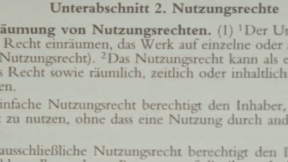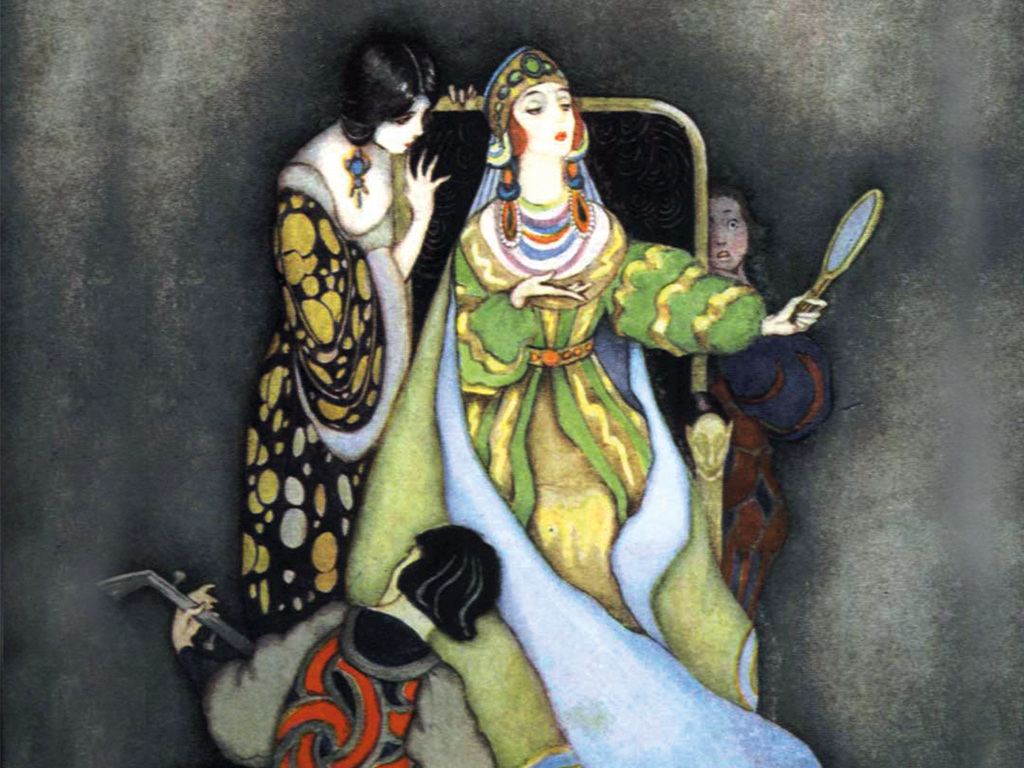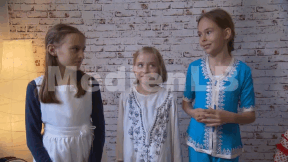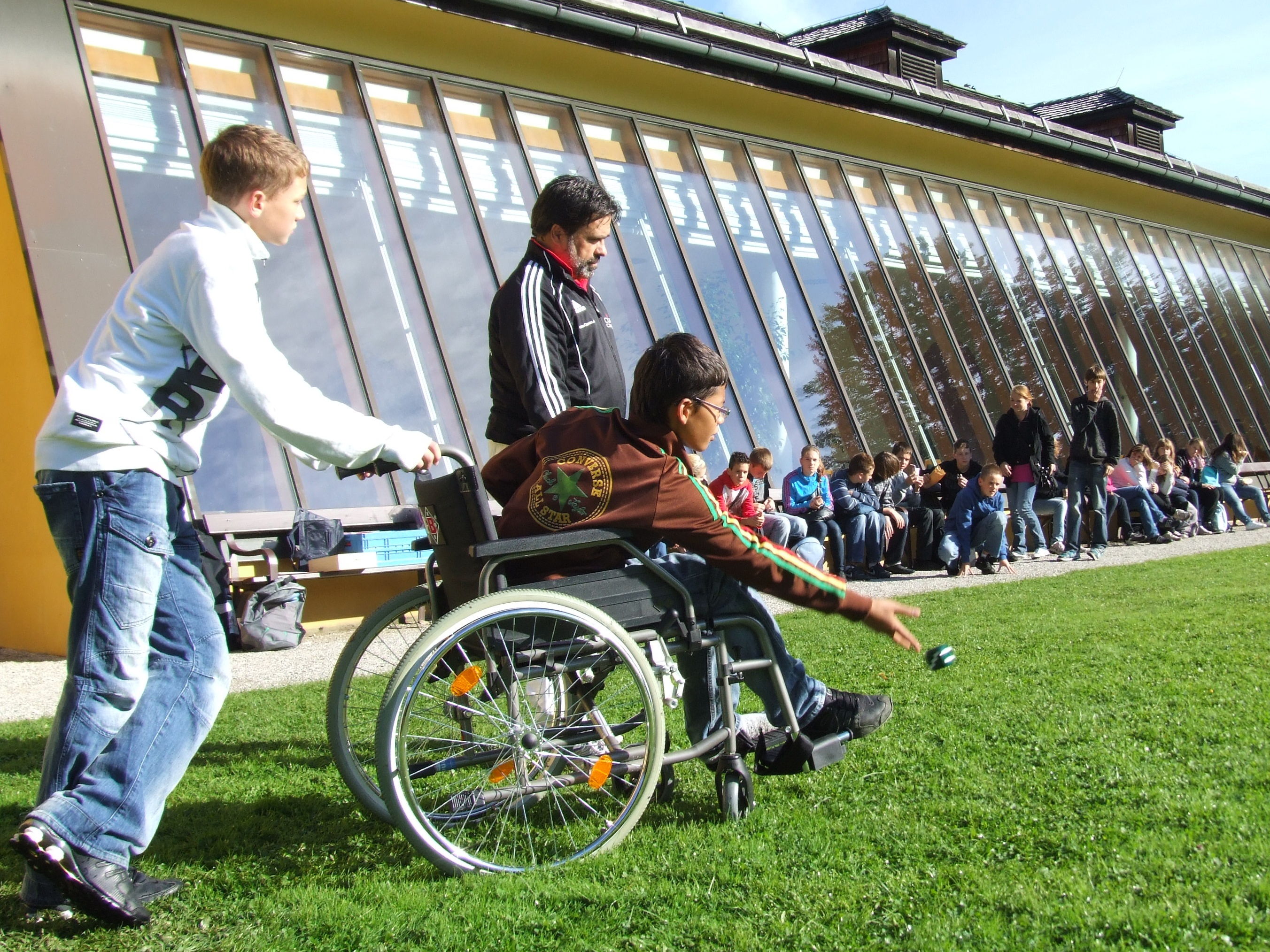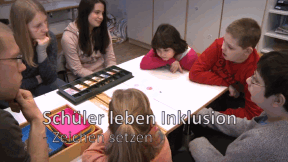 Artistry
Artistry
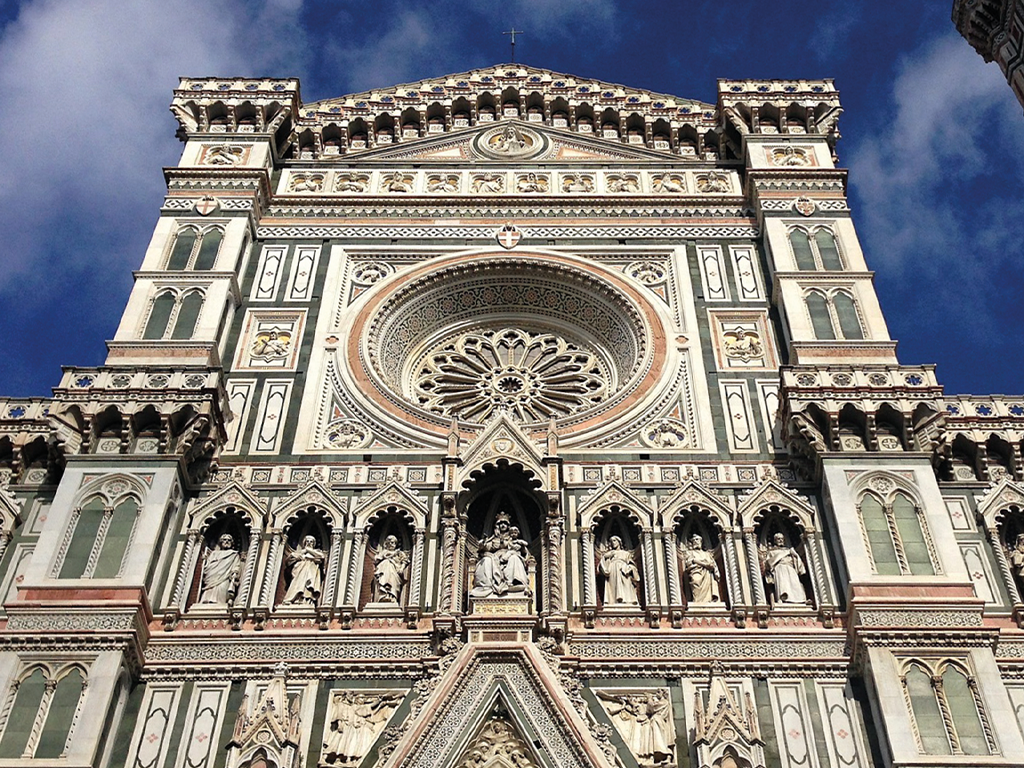

4678995 / 5565755
Renaissance
Art, Science, Architecture
While large parts of Europe still lived in the Dark Middle Ages and huge cathedrals dominated the cities, a new consciousness blossomed in Florence, Italy at the beginning of the 15th century: It was the period of the Renaissance. Within few decades people’s self-image changed radically. Art blossomed and the new scientific curiosity created a wealth of discoveries and inventions: and the philosophy of humanism laid the foundation for our present-day self-perception. It seemed as if humanity had awoken from a long sleep. The Renaissance changed the world for good and marked the beginning of the modern era. But what were the causes of this unprecedented radical change? Article no.: 4678995 Targetgroups: Sek I,Sek II Length: 20:42 min Languages:
Play trailer
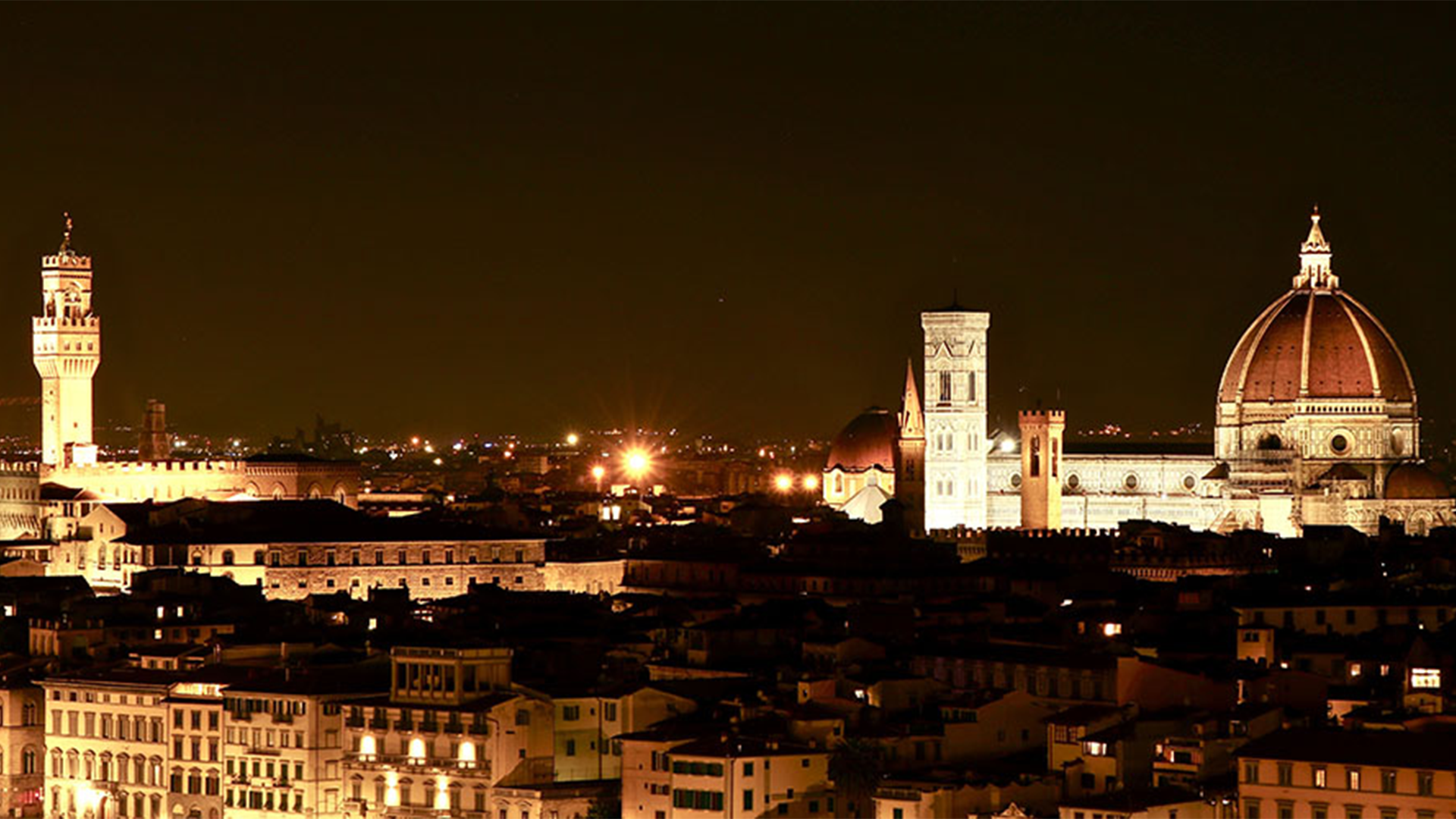
Curriculum-centred and oriented towards educational standards
Matching
Copyright
Copyright is subject to constant change to keep up with technological advances. This film enables the viewer to grasp the basic principles of this extremely intricate matter. By way of introduction, the film defines what an author is, what kinds of works there are and how long a work is protected on principle. Then the fundamental rights of an author are cited and it is shown how these are exploited in our times. In the third chapter, the respective rights are illustrated by way of practice-oriented examples of books, photos, music and films. Here, of course, an emphasis is laid on the field of education, taking into account the latest case law within the EU and Austria in particular. A further chapter highlights the problems arising with the Internet and goes into the citation law and pirate copies. All in all, in this way the viewer is made familiar with the most important basic terms and their meanings. Comprehensive worksheets and additional accompanying material invite us to deepen our knowledge of the subject.





